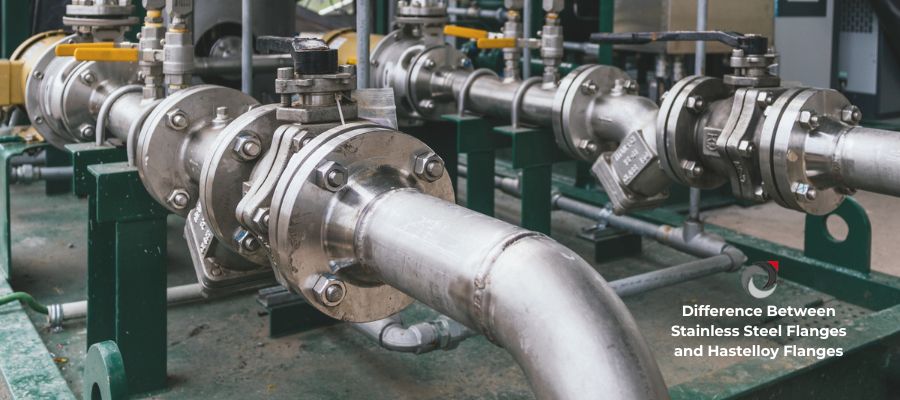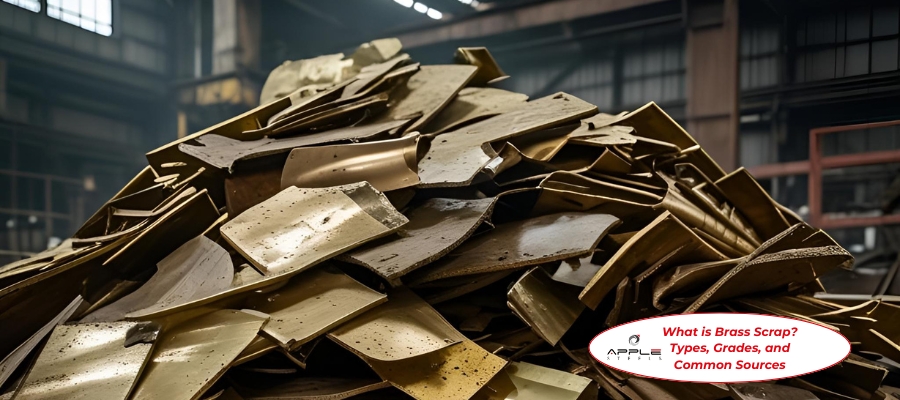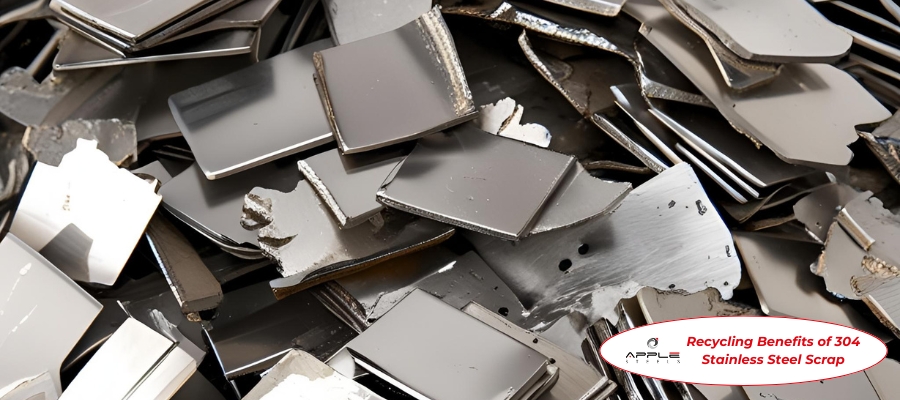Flanges are critical in piping systems by connecting pipes, valves, and other equipment. The choice of material for flanges depends largely on the application, operating conditions, and the system’s specific requirements. Among the most commonly used materials for flanges are stainless steel and Hastelloy. Both materials offer distinct advantages but are suited to different applications. This blog will explore the key differences between stainless steel flanges and Hastelloy flanges, helping you make an informed decision for your piping system.
What Are Stainless Steel Flanges?
Stainless steel flanges are made from an alloy of iron, chromium, and often nickel. They are known for their strength, durability, and corrosion resistance. Stainless steel flanges are available in various grades, with 304 and 316 being the most common. These flanges are widely used in industries such as food processing, chemical plants, and construction due to their resistance to rust, high temperatures, and environmental conditions.
Key Features of Stainless Steel Flanges:
- Corrosion Resistance: Stainless steel flanges are resistant to most types of corrosion, making them suitable for environments exposed to moisture or chemicals.
- Temperature Resistance: These flanges can withstand high temperatures, making them ideal for industrial applications that involve heat.
- Versatility: Stainless steel is highly versatile and can be used in a wide range of industries, including pharmaceuticals, oil and gas, and marine applications.
What Are Hastelloy Flanges?
Hastelloy flanges are made from a nickel-based alloy that includes chromium, molybdenum, and iron. Hastelloy is renowned for its exceptional corrosion resistance, particularly in harsh environments such as chemical processing and marine industries. These flanges are ideal for extreme conditions where stainless steel may fail due to corrosion or pitting.
Key Features of Hastelloy Flanges:
- Superior Corrosion Resistance: Hastelloy flanges outperform stainless steel when it comes to resisting severe corrosion, particularly in acidic or highly corrosive environments.
- High Strength in Extreme Conditions: These flanges maintain their mechanical properties even in extreme temperatures and pressure conditions, making them a preferred choice for chemical reactors, nuclear plants, and aerospace applications.
- Longevity: Due to their ability to resist corrosion and maintain strength, Hastelloy flanges tend to have a longer service life, even in aggressive environments.
Key Differences Between Stainless Steel Flanges and Hastelloy Flanges
- Corrosion Resistance
- Stainless Steel Flanges: While highly resistant to rust and corrosion, stainless steel flanges may not perform as well in highly acidic or chlorinated environments. Grade 316 offers better corrosion resistance compared to 304 but still falls short when compared to Hastelloy.
- Hastelloy Flanges: Hastelloy flanges are engineered specifically for extreme resistance to harsh chemicals and environments. They can withstand sulfuric acid, hydrochloric acid, and other aggressive compounds that would degrade stainless steel over time.
- Temperature and Pressure Tolerance
- Stainless Steel Flanges: These flanges can handle high temperatures and pressures, making them suitable for many industrial applications. However, their performance may degrade in extreme conditions.
- Hastelloy Flanges: Known for exceptional performance under extreme temperatures and pressures, Hastelloy flanges maintain their strength and resist deformation or corrosion even in the harshest environments.
- Cost
- Stainless Steel Flanges: Stainless steel is more affordable and readily available, making it the go-to choice for general-purpose applications that do not require extreme resistance.
- Hastelloy Flanges: Due to the specialized materials and manufacturing process, Hastelloy flanges tend to be more expensive. However, their long-term durability in extreme environments may justify the higher cost.
- Application
- Stainless Steel Flanges: These are widely used in industries like food processing, pharmaceuticals, water treatment, and general construction where corrosion is a concern but not as aggressive.
- Hastelloy Flanges: Ideal for highly corrosive environments such as chemical processing plants, nuclear reactors, and offshore platforms where corrosion resistance and durability are paramount.
When to Choose Stainless Steel Flanges vs. Hastelloy Flanges
Hastelloy Flanges: Choose Hastelloy Flanges for systems exposed to highly corrosive chemicals, extreme temperatures, or high-pressure environments. This material is best suited for critical applications in industries like chemical manufacturing, marine, or aerospace. ical applications, Stainless Steel Bars, particularly in the 304 and 304L grades, provide the durability and performance you can trust. Stainless Steel 304 Bars are highly versatile and reliable, while Stainless Steel 304L Bars offer enhanced weldability without sacrificing strength. No matter the industry, these stainless steel bars deliver consistent results, making them indispensable for a wide range of applications.
Stainless Steel Flanges: Opt for stainless steel when you need a cost-effective, corrosion-resistant material for less aggressive environments such as water treatment, food production, or low-temperature industrial systems.
Conclusion
Both stainless steel flanges and Hastelloy flanges offer unique advantages, but the choice between the two depends on the specific conditions of your application. Stainless steel flanges are more affordable and versatile for general use, while Hastelloy flanges excel in extreme environments where corrosion and temperature resistance are crucial. Understanding the differences can help ensure that your piping system is both efficient and durable in the long run.




